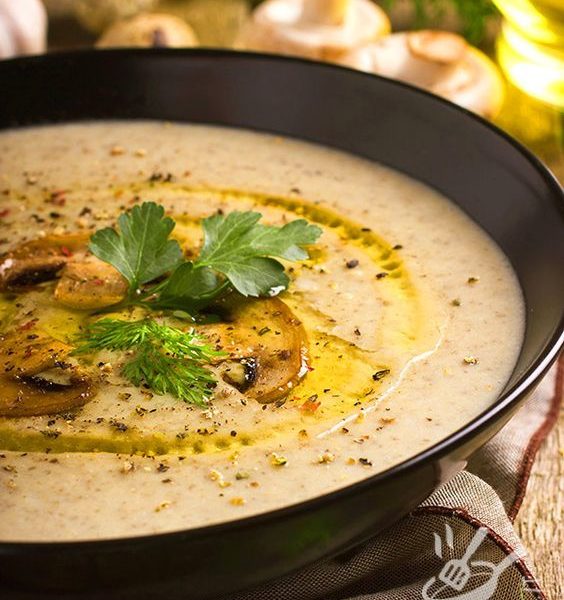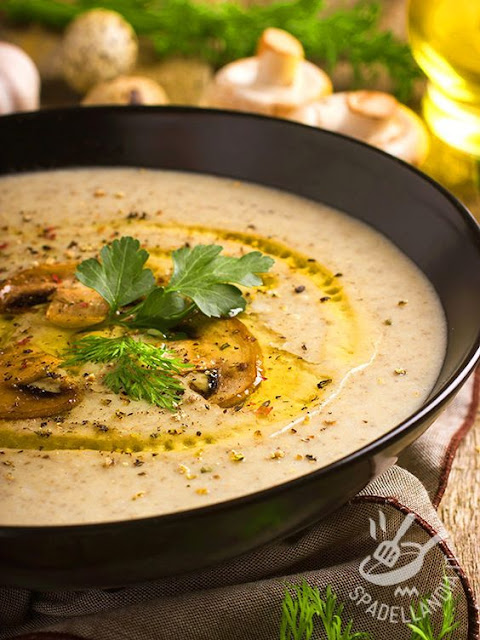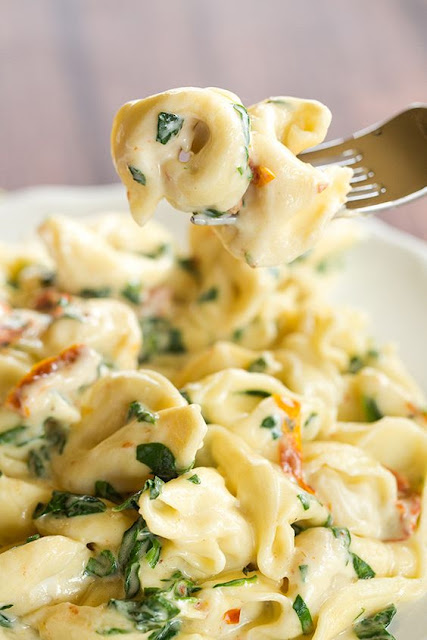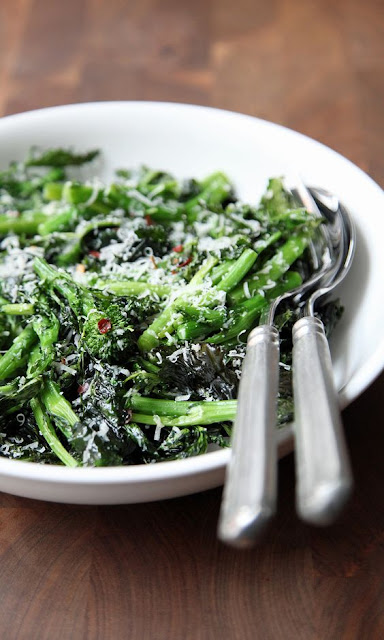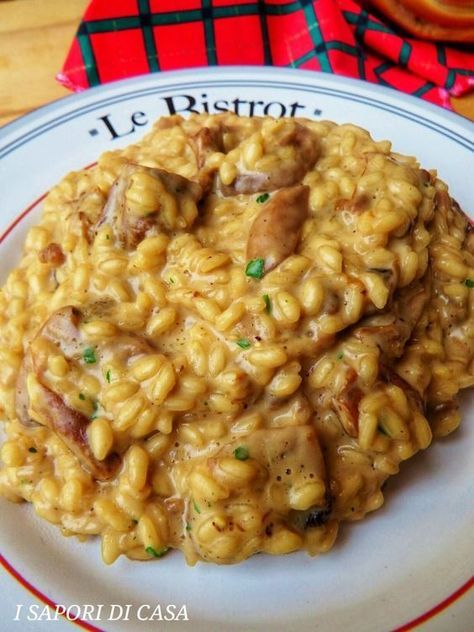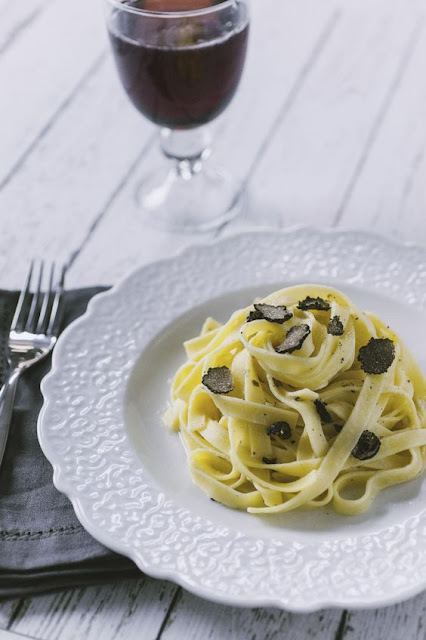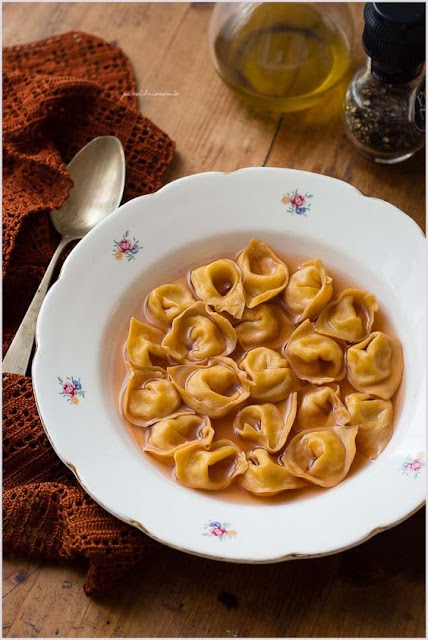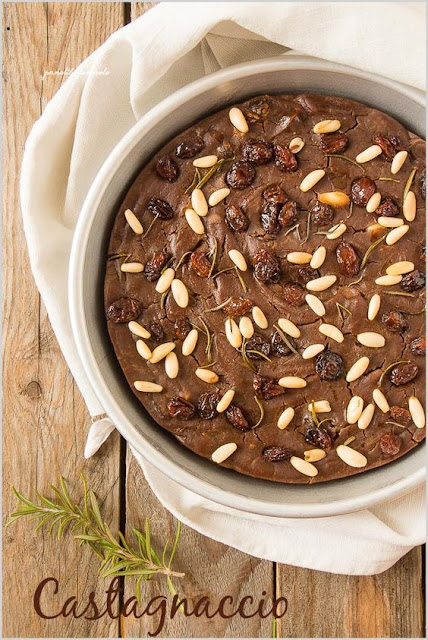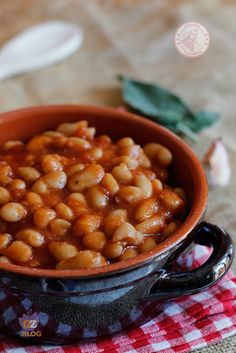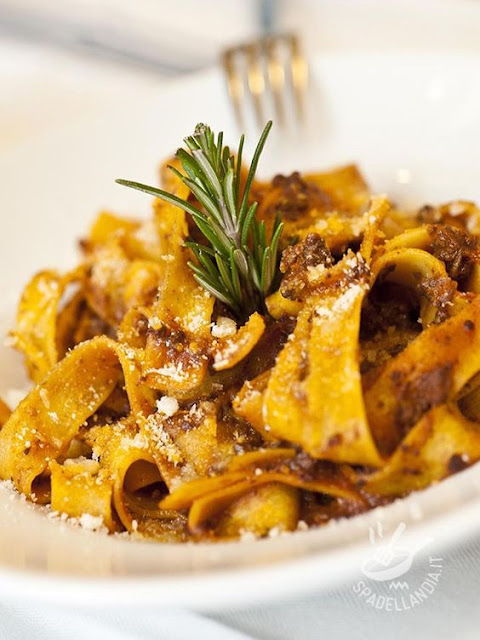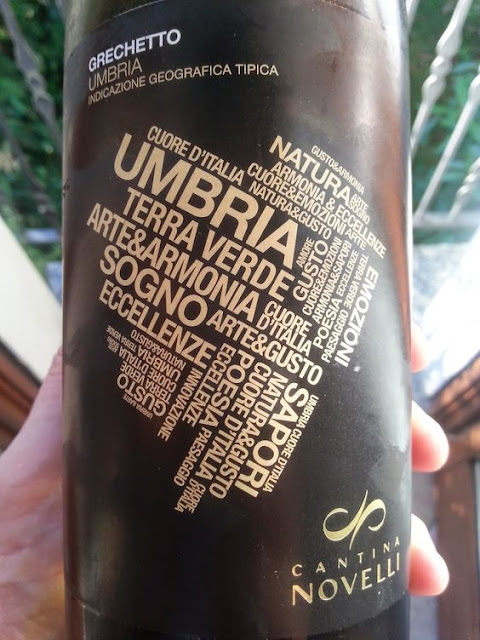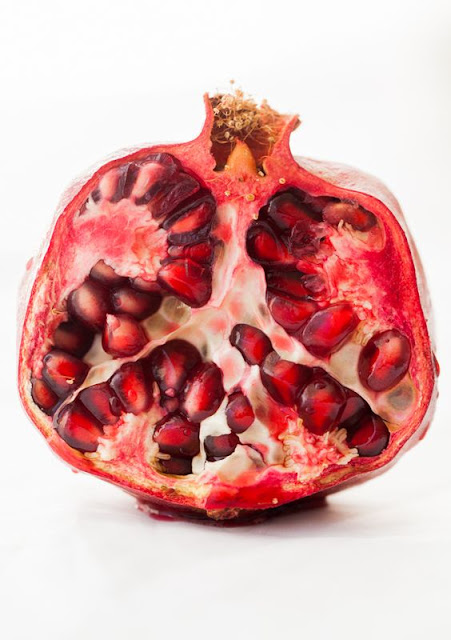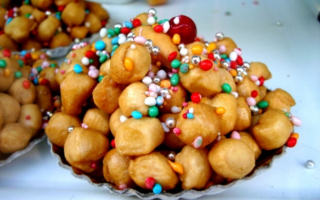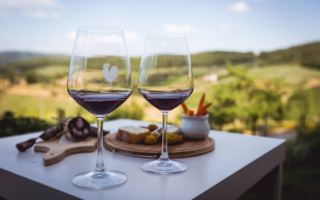Italy’s Ten Fall Flavors
As the weather changes from the humid heat of summer to the cooler temperatures of fall, Italian meals become warmer, heartier, and full of fall fruits, vegetables, grains, and meats. Both lunch and dinner are often consumed as hot meals. Some fall favorites are risottos, which are made with rice; vegetable rich pastas; vegetarian soups; and wholesome meats and beans.
First time visitors, as well as those who simply desire a greater understanding of Italian eating culture, should read Eating Like an Italian: Food Norms, Beliefs, and Etiquette before embarking on a trip to Italy in the fall. In autumn, visitors and locals can attend sagre, which are outdoor festivals that celebrate one food or drink produced in a specific Italian town or region. Some honor red wine, others hazelnuts, and others truffles. The festivals are held throughout Italy in the fall. Read this guide, Experience the Italian ‘Sagra’ to plan how to attend a fall food festival in Italy. They are extremely unique experiences, where visitors can truly begin to understand the appreciation Italians have for excellent food and a bountiful fall harvest.
Fall is the perfect time to visit Italy; not only is the weather more bearable, but the tourist crowds are smaller and the fall food is absolutely delicious. Continue reading below to learn about ten Italian dishes with autumnal ingredients that visitors must taste when visiting Italy during the colder months before Christmas.
Pumpkin
Pumpkin orzucca is a popular ingredient in the fall in many countries. In Italy, people eat it in savory dishes, rather than sweet ones. The orange gourd creates a wonderful creamy, richness in risotto, risotto di zucca gialla; pureed soups, zuppa di zucca; and stuffed into pastas like, tortelli, tortellini, or ravioli di zucca. The pumpkin pastas and risotto are served with freshly shaved parmigianoor parmesan sprinkled on top and a glass of fine wine.
Bitter Greens
Some autumnal varieties of green vegetables are popular additions to pasta dishes. Try orecchiette con le cime di rapa, which is pasta with the green leaves of the turnip plant, or with broccoli rabe, which is a long, bitter type of broccoli. Orecchiette, which literally translates to “little ear,” is a delightful pasta from the southern region of Puglia, which is shaped like small ears. Explore more of Italy’s cuisine throughout the South in The Best of Southern Italian Cuisine by Region.
Porcini Mushrooms
The beginning of autumn is the prime time for Italy’s famed porcini mushrooms. Particularly in Northern Italy, funghi porcini provide a wonderful earthiness to risotto, risotto con funghi porcini, and different pastas. They are also served grilled as a side dish during the colder months. The mushrooms die out by the time winter hits Italy and then appear again in the late spring.
Truffles
Known for their sharp, powerful flavor, truffles are a distinct type of mushroom, which Italians like to serve on risottos, pastas, pizzas, omelets, and bread throughout the fall. The most typical of these is the pasta al tartufo, or pasta with truffles, and more specifically, strangozzi al tartufo nero. Truffles dishes are often celebrated and devoured at sagre, Italy’s regional food festivals. Buy some truffle paste to bring home and spread it onto fresh bread as a zesty starter or antipasto.
Soups
Most people do not think of Italian cuisine as one that involves soup. However, in the autumn and winter months, soups are highly common throughout Italy. Perhaps the favorite is minestrone di verdure, which is the typical and very simple vegetable soup. Usually, it is full of celery, onion, carrots, zucchini, potatoes, beans, and lots of healthy spices, like garlic and oregano. Mushroom soup is a popular creamy variety, and so is the pumpkin puree, zuppa di zucca. A robust, meaty soup eaten throughout autumn and winter is tortellini in brodo from Italy’s region of Emilia-Romagna. It consists of chicken broth and little pasta-bites, tortellini, which are traditionally filled with pork loin. This soup is often eaten at Christmas; read more about Italy’s Christmas Food and Festive Traditions.
Chestnuts
Everyone in Italy knows that the beginning of fall is undeniable, when the smell of roasting chestnuts, or castagne, fills the air as street vendors pop up on many street corners and roast them. In the fall in Tuscany, people eat chestnuts in the form of a bread-like cake called castagnaccio. This popular autumn cake is made without sugar, as it is naturally sweetened by the chestnut flour and raisins. This savory chestnut cake is covered with pine nuts and rosemary, giving it a wholesome appeal. Chestnut flour can also be made into a fresh, nutty pasta. Read Travel, Wine, and Food on a Budget in Tuscany for some good food and travel tips for traveling in Tuscany.
White Beans
Beans and legumes of many varieties are a typical source of protein throughout Italy in the fall and winter. White kidney beans, or cannellini, are especially popular in Tuscany. Fagioli all’uccelletto is a tasty Tuscan dish of the beans cooked with sausages in a hearty tomato, garlic, and white wine sauce. Try these beans spread on top of thick, fresh slices of toasted Tuscan bread as a crostini, typical starters in Tuscany and other regions of Italy. Cannellini also show up in many soups perfect for cold weather.
Wild Boar
Despite the many vegetarian meals that Italians consume, they also commonly enjoy specific types of meats in the fall. Perhaps the most distinct one is Italy’s wild boar or cinghiale. It can be served roasted and in slices with potatoes, bread, or grilled vegetables on the side. In Tuscany, try the rich pici al ragù di cinghiale, which is wild boar served over a handmade, typical Tuscan pasta.
Grapes and Wines
Every fall, wine producers harvest their fresh grapes using a quicker fermentation process to create, vino novello, which literally translates to new wine. This means these wines are lower in alcohol content, but fuller in freshness, fruitiness, and fall flavors. The vini novelli are available throughout autumn, starting at the end of October. Grapes that are discarded in the harvesting process are not wasted; they are made into grape bread. The bread base is similar to Tuscany’s focaccia. The sweetness of the grapes in the bread is balanced out by olive oil, salt, and rosemary. Fall wines can also be helpful when cooking Italian dishes, like red wine in risotto with gorgonzola and pears and white wine in the fagioli all’uccelletto dish.
Fall Fruits: Persimmons, Pomegranates, Figs, Apples, and Pears
Italy’s variety of autumn fruits are worthy of motivating a trip to Italy. Some of the most delightful are pomegranates or melograni; persimmons or cachi; figs or fichi; pears or pere; apples or mele; and grapes or uva. These scrumptious fall fruits are used in both savory and sweet dishes. Try risotto made with pomegranates, pears, or apples. In the North, specifically the region of Trentino, strudel di mele is a popular apple-filled, cinnamon-spiced dessert. Trentino’s apples have the elite DOP, Denominazione di Origine Protetta, status and are crunchy and perfectly sweet. Another sweet treat, called cachi al ligure, is the sugary insides of persimmons, which are then soaked in liquor, chilled, and served after meals.
From all of us at Roman Candle Tours, enjoy everything that Italy has to offer in the fall, especially the fantastic food. For those visiting Rome, please see Rome’s Best Outside Eateries and The Best Vegan Places in Rome. Also, this Guide to the Best Fried Food in Italy is a great way to eat through Italy’s fried varieties. Buon appetito, enjoy your meals! We hope that all visitors get to taste Italy’s fall flavors from many of its regions.
